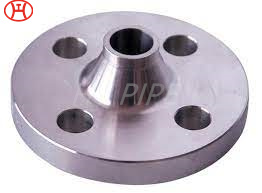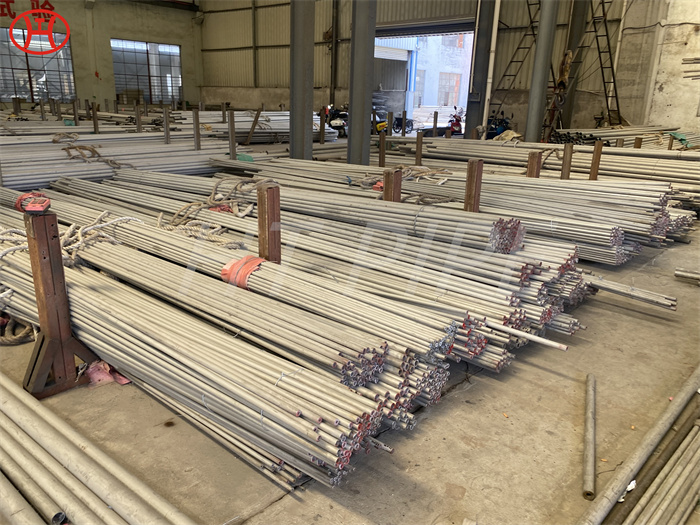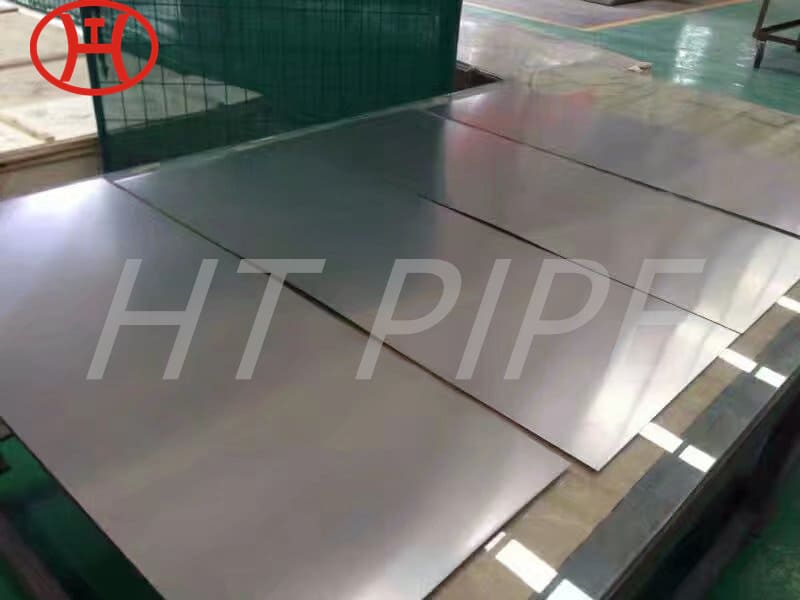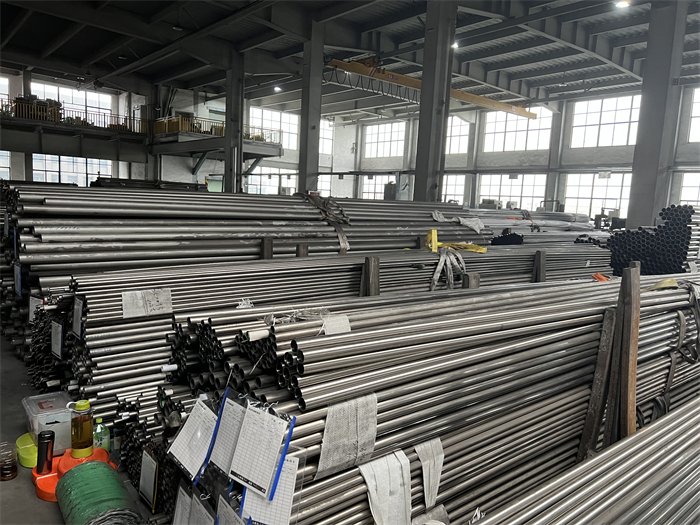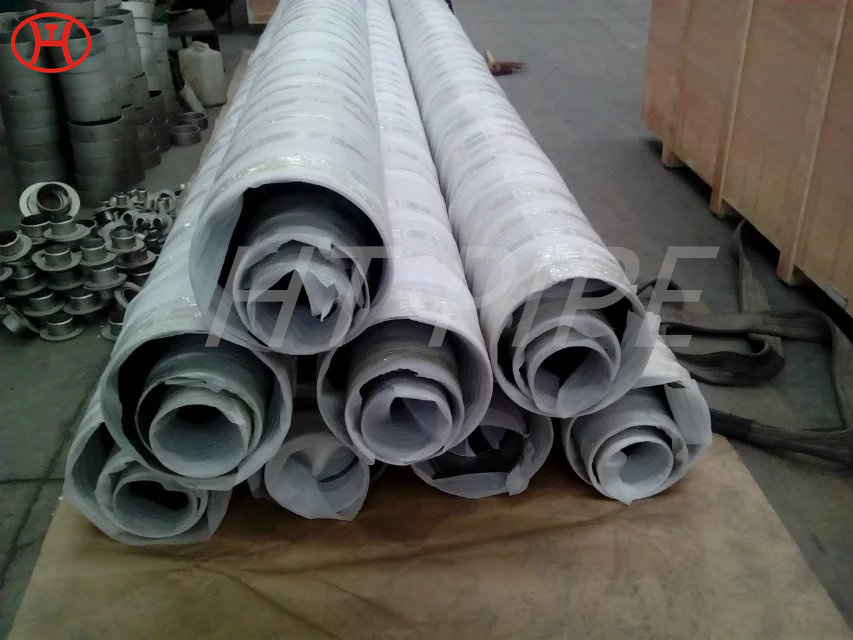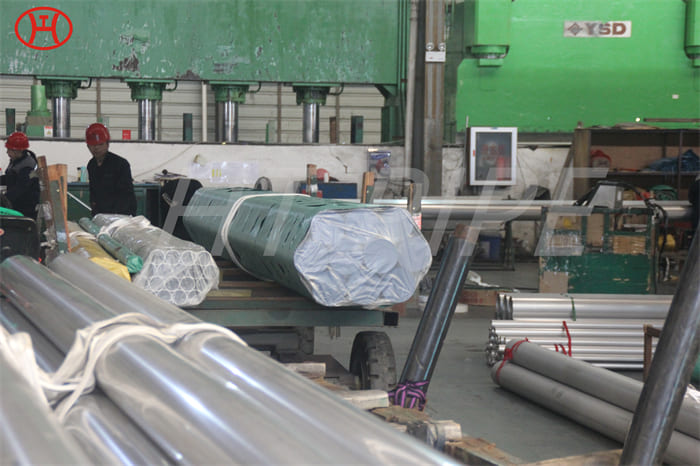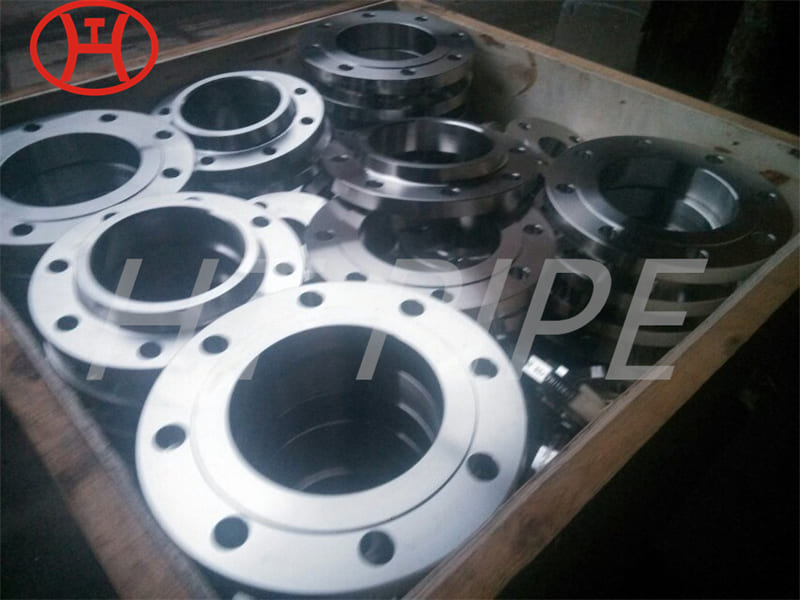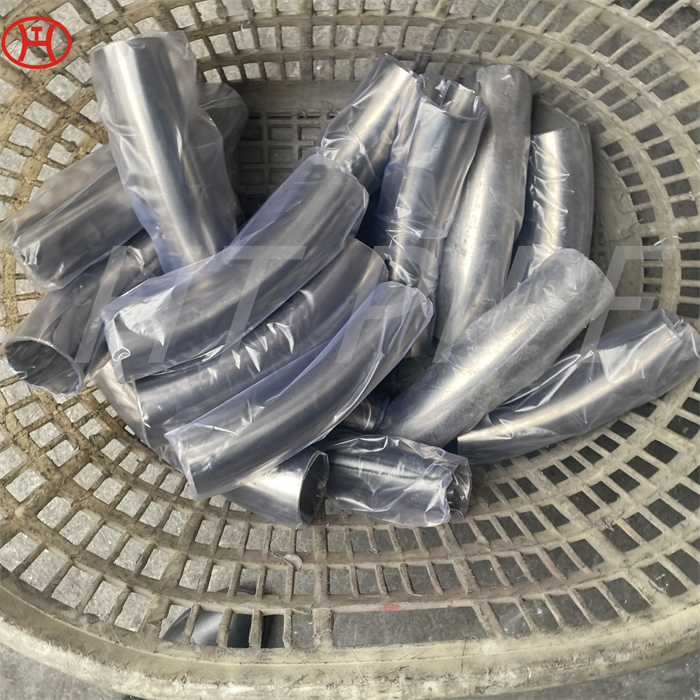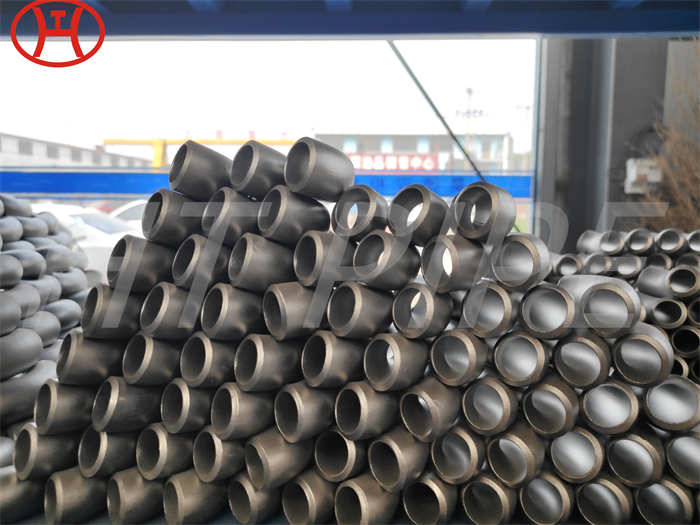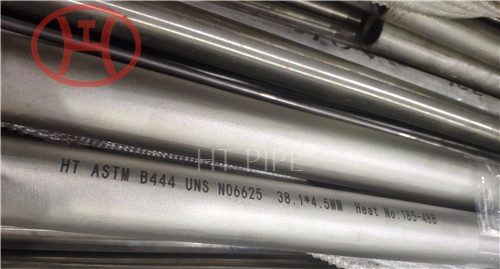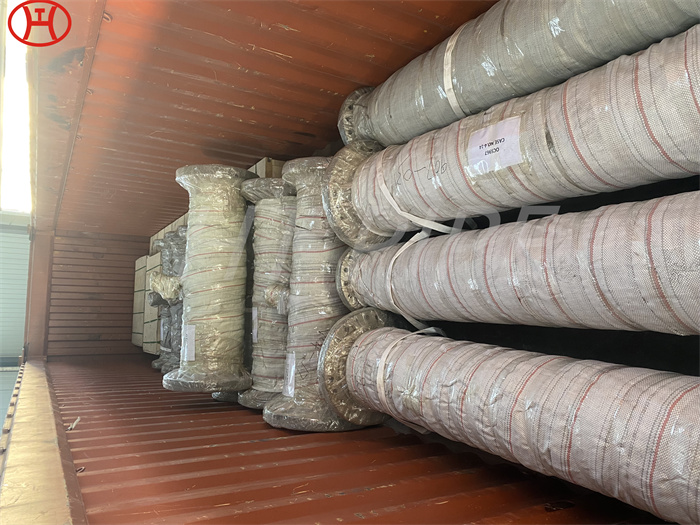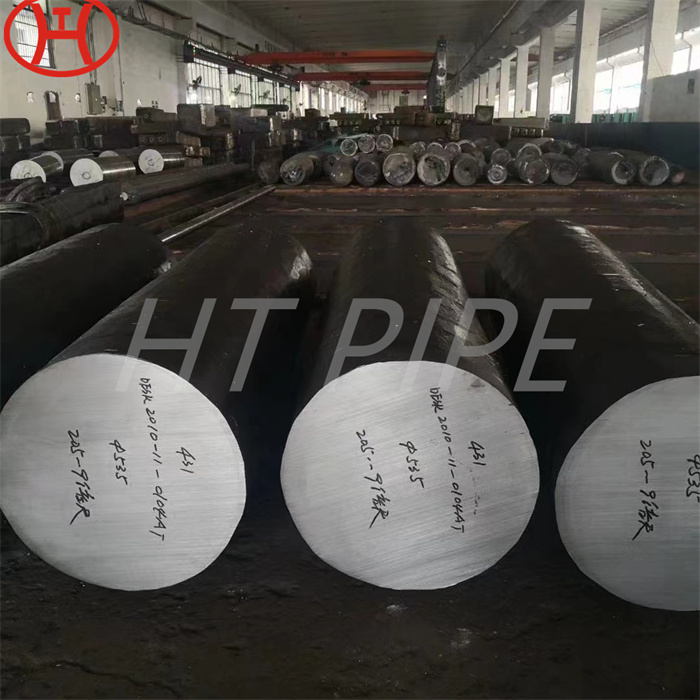Stainless Steel 309 Flanges SS 309 Flanges Supplier
Our supplied 309 Stainless Steel Flanges are hardness test and other mechanical tests of tensile of the area and so on before packaging and transportation to guarantee long lasting service to the customers.
Supplier & Exporter of ASTM A182 Stainless Steel 309 Flanges, ANSI B16.5 SS 309 Flange, ANSI B16.47 UNS S30900 Pipe Flanges, SS 309 SORF Flanges, Stainless Steel WNR. 1.4828 Flanges in China
A wide collection of 309 Stainless Steel Flanges are available in different range of diameters, different sizes and different wall thickness depending on the different functions. SS 309 Flanges provides resistance to Marine atmosphere as well because they are annealed at 1038 degree centigrade followed by quenching in water. ASTM A182 Stainless Steel 309 Flanges have high weldability and high chromium but low Nickel content makes them cost-effective. These Alloy 309 Flanges are available in the form of Stainless Steel 309 Slip on Flanges, SS 309 Weld neck flanges, SS 309 Blind flanges, SS 309 Lap Joint Flanges, SS 309 Pipe Flanges, SS 309 Socket Weld flanges and so on. These ANSI B16.5 SS 309 Flanges find their application in power generation industry, gas processing industry, food processing industries, pharmaceutical industry, heat exchangers industry, seawater equipment industry, oil drilling companies, chemical industry, fertilizer industry, sugar industry and more.

Because of its high chromium and low nickel content, ANSI B16.47 UNS S30900 Pipe Flanges can be utilized in sulfur containing atmospheres up to 1832°F (1000°C). The alloy is not recommended for use in highly carburizing atmospheres since SS 309 SORF Flange exhibits only moderate resistance to carbon absorption. Stainless Steel WNR. 1.4828 Flanges can be utilized in slightly oxidizing, nitriding, cementing and thermal cycling applications, albeit, the maximum service temperature must be reduced. As for national and global nature of crude materials, we likewise offer these SS 309/309S Flanges in tweaked sizes and thicknesses according to particular requests by our regarded customers at business sector driving costs.
Specification:
| Dimension Std | ANSI B16.5, ANSI B16.47 Series A & B, MSS SP44, ASA, API-605, AWWA, Custom Drawings |
| Standard | ANSI Flanges, ASME Flanges, BS Flanges, DIN Flanges, EN Flanges etc. |
| Specification | ASTM A182 / A240 & ASME SA182 / SA240 |
| Size | ½” NB – 48” NB |
| Class | 150#, 300#, 600#, 900#, 1500#, 2500#, etc |
| Pressure | DIN PN6, PN10, PN16, PN25, PN40, PN64, PN100, PN160, etc |
| Werkstoff Nr | 309 / 1.4828 |















































































































